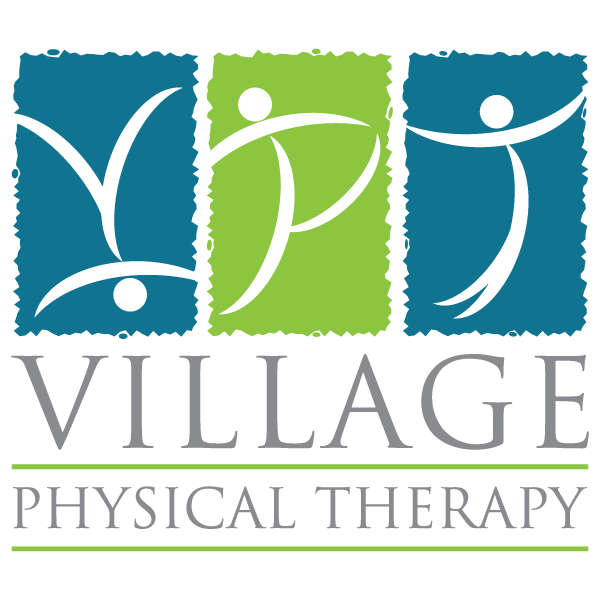Choose PT First!
Author: Dr. Aaron Bass, PT, CSCS
What is your first instinct when you experience pain? This is an important question. It is one that pretty much everyone will need to answer at some point. More than 50% of Americans report experiencing musculoskeletal pain each year.1 Beyond the physical discomfort, pain can affect everything from mood, sleep, work productivity, general health, and well-being.1 We are all going to have the same immediate reaction in that we will remove the painful stimulus as fast as possible. If you touch a hot stove, you instinctively pull your hand away. If you pull your hamstring running, you’re probably going to stop running. But what about long term? Do you rest and wait to see what happens? Do you go to the doctor right away? Schedule an x-ray or MRI? Does your stubborn side take over while you grit your teeth and push through the pain? It can be overwhelming to think about all the options, in no small part because with many of these options comes potential for high medical bills. So, what is the best path for getting better while spending the least amount of money?
There are times where the clear decision is going to the hospital or urgent care type setting. If you have less appendages than you did 30 seconds ago or a bone has decided to change locations, go see a doctor. But in many cases, when there is no immediate serious threat of life or further injury, taking the wait and see approach can be the place to start. Unfortunately, it can be hard to discern which injuries are going to get better on their own and which will require intervention. This is why PT can be the perfect place to start. PTs can fully assess various types of pain, disability, and injury and determine the best course of action, whether it be continuing to rest, starting on some simple exercises, getting hands-on manual intervention, or going to see an MD for imaging or further care. Starting with PT can significantly decrease the necessity for other medical intervention. Patienst who go see a PT early after onset of symptoms have been shown to be less likely to have an opioid prescription, any advanced imaging services, emergency department visit, pain injections, and surgery.2,3 You can also see the immediate short term benefits of greater improvements in disability, mood, general health, and quality of life.4
But how is that going to save you money? I am so glad you asked. Yes, you will likely still have a copay for a PT visit. However, going to PT first can save you a lot of money in the long run. Total health care costs when recovering from an injury are on average $1828 less for those who go to PT first.5 In fact, studies have shown that the number of PT visits and the total amount of money spent on PT decreases when patients go to PT first.5 This decrease in spending does not come with any sacrifice of outcomes.6 Patients saw similar or better improvement in disability and functional outcomes when choosing to come to PT initially after injury.5
So why not try PT first? It can save you money, decrease your pain, improve your functional outcomes, and help you avoid unnecessary medical interventions such as opioids, injections, or even surgery. If it turns out PT is not appropriate for you, at the very least we will be able to help point you in the right direction of where to go next. Fortunately, North Carolina is a direct access state that does not require physician referral to come to physical therapy. All states in the US have direct access laws that differ and there may be specific regulations depending on your insurance as well. If you have any questions about the PT process or want to make an appointment, feel free to give us a call or stop by!
- The State of MSK Care 2024. Hinge Health. (n.d.). https://assets.ctfassets.net/hjcv6wdwxsdz/vGvpNVVT0qdhvUvsxaopf/d46035f35b3b87b4bc87102d6e946d81/2024_State_of_MSK_Care.pdf
- Frogner, B.K., Harwood, K., Andrilla, C.H.A., Schwartz, M. and Pines, J.M. (2018), Physical Therapy as the First Point of Care to Treat Low Back Pain: An Instrumental Variables Approach to Estimate Impact on Opioid Prescription, Health Care Utilization, and Costs. Health Serv Res, 53: 4629-4646. https://doi.org/10.1111/1475-6773.12984
- Dongchun Wang, Kathryn Mueller, and Randy Lea. The Timing of Physical Therapy for Low Back Pain: Does It Matter in Workers’ Compensation? WCRI. September 2020. WC-20-25.
- Wand BM, Bird C, McAuley JH, Doré CJ, MacDowell M, De Souza LH. Early intervention for the management of acute low back pain: a single-blind randomized controlled trial of biopsychosocial education, manual therapy, and exercise. Spine (Phila Pa 1976). 2004 Nov 1;29(21):2350-6. doi: 10.1097/01.brs.0000143619.34308.b4. PMID: 15507794.
- Hon S, Ritter R, Allen DD. Cost-Effectiveness and Outcomes of Direct Access to Physical Therapy for Musculoskeletal Disorders Compared to Physician-First Access in the United States: Systematic Review and Meta-Analysis. Phys Ther. 2021 Jan 4;101(1):pzaa201. doi: 10.1093/ptj/pzaa201. PMID: 33245117.
- Heidi A. Ojha, Nadia J. Wyrsta, Todd E. Davenport, William E. Egan, and Alfred C. Gellhorn. Timing of Physical Therapy Initiation for Nonsurgical Management of Musculoskeletal Disorders and Effects on Patient Outcomes: A Systematic Review. Journal of Orthopaedic & Sports Physical Therapy 2016 46:2, 56-70
- Study says cost savings of physical therapy for LBP are significant. APTA. (2017, July 26). https://www.apta.org/news/2017/07/26/study-says-cost-savings-of-physical-therapy-for-lbp-are-significant#:~:text=Researchers%20say%20that%20not%20only,over%20treatments%20that%20begin%20with





